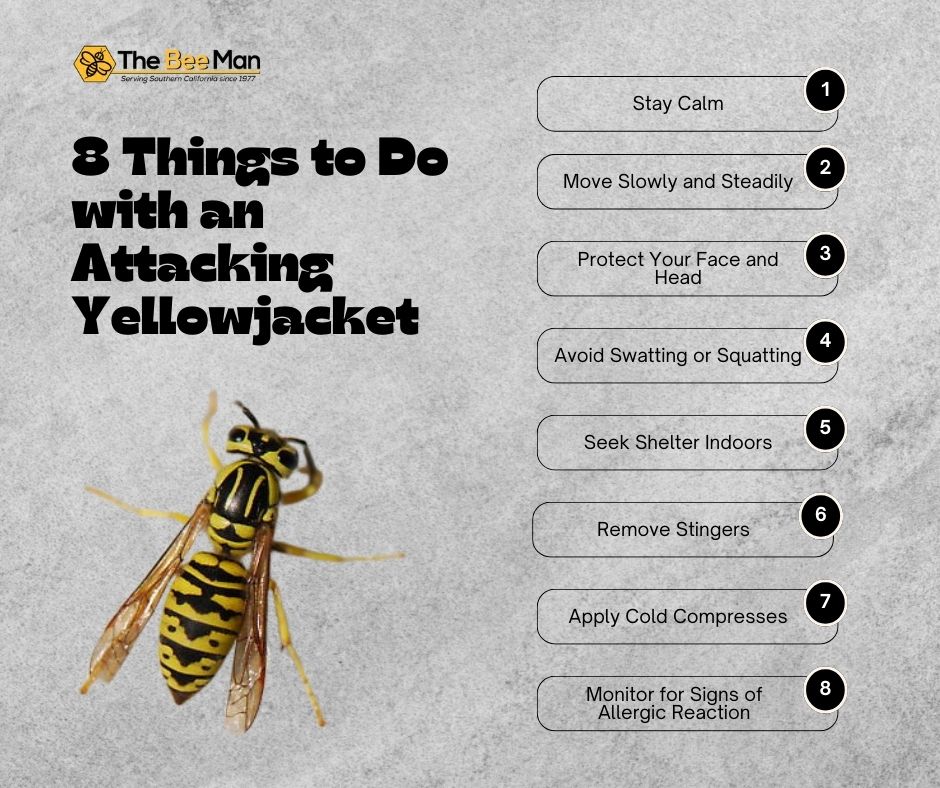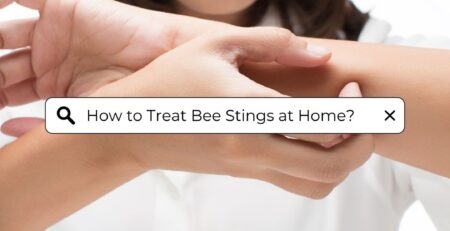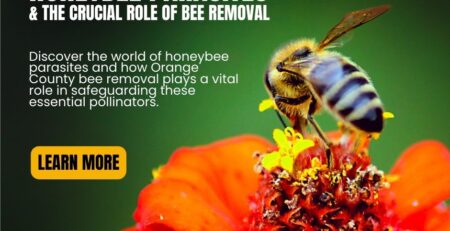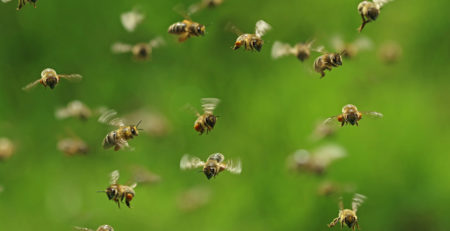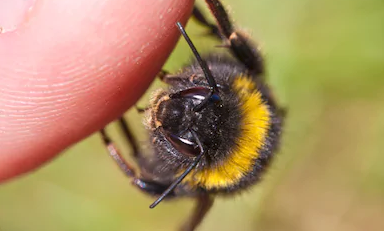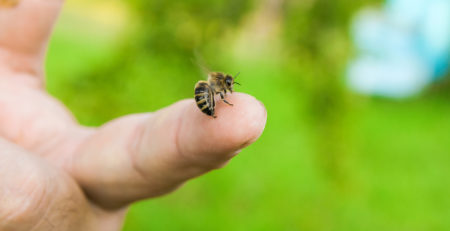8 Things to Do with an Attacking Yellowjacket
Encountering a yellowjacket, a type of aggressive wasp known for its painful sting can be a frightening experience. However, knowing how to react calmly and effectively can help minimize and lessen the risk of injury and ensure your safety. Here’s what to do when a yellowjacket is attacking you from a wasp exterminator near me:
Stay Calm
Although feeling scared or panicked when faced with a yellowjacket attack is natural, it’s essential to remain calm. Sudden movements or flailing may provoke the yellowjackets further and increase the likelihood of being stung. Take deep breaths and try to stay still to avoid escalating the situation.
Move Slowly and Steadily
If a yellowjacket is buzzing around you, slowly and carefully move away from the area without making any sudden movements. Avoid swatting at the yellowjacket or running erratically, as this can trigger an aggressive response from the insect. Move calmly and steadily to a safer location away from the yellowjacket’s territory.
Protect Your Face and Head
If a yellow jacket is flying near your face or head, use your hands or clothing to shield your face and protect yourself from potential stings. Covering your face with your hands or a hat can help prevent the yellowjacket from coming into contact with your skin and superbly reduce the risk of being stung in sensitive areas.
Avoid Swatting or Squatting
While it may be tempting to swat at the yellowjacket to defend yourself, this can aggravate the insect and increase the likelihood of stung. Instead, remain still and avoid sudden movements that may provoke the yellowjacket further. Swatting at the yellowjacket may also cause it to release alarm pheromones, attracting more yellowjackets to the area.
Seek Shelter Indoors
Move indoors or seek shelter in a screened-in area to avoid further encounters with yellowjackets. Once you’re indoors, close windows and doors to prevent the yellowjackets from entering the building. If you’re outdoors and unable to find shelter, continue moving away from the area until you reach a safe location.
Apply Cold Compress
Apply a cold compress or ice pack to the affected area to help reduce pain and swelling. Wrap the ice pack in a thin cloth to prevent frostbite and apply it to the sting site for 10-15 minutes. This can help alleviate and minimize discomfort and promote healing.
Monitor for Signs of Allergic Reaction
If you experience symptoms of an allergic reaction to the yellowjacket sting, such as difficulty breathing, facial or throat swelling, or dizziness, seek medical attention immediately. Allergic reactions to yellowjacket stings can be life-threatening and require prompt medical intervention.
Conclusion
By remaining calm, moving slowly and steadily, and taking appropriate precautions, you can effectively manage a yellowjacket attack and minimize the risk of injury. Remember to seek medical attention if you experience severe symptoms or signs of an allergic reaction to a yellowjacket sting. Additionally, please consider hiring The Bee Man, a reputable wasp exterminator near me, if this is a regular occurrence.

